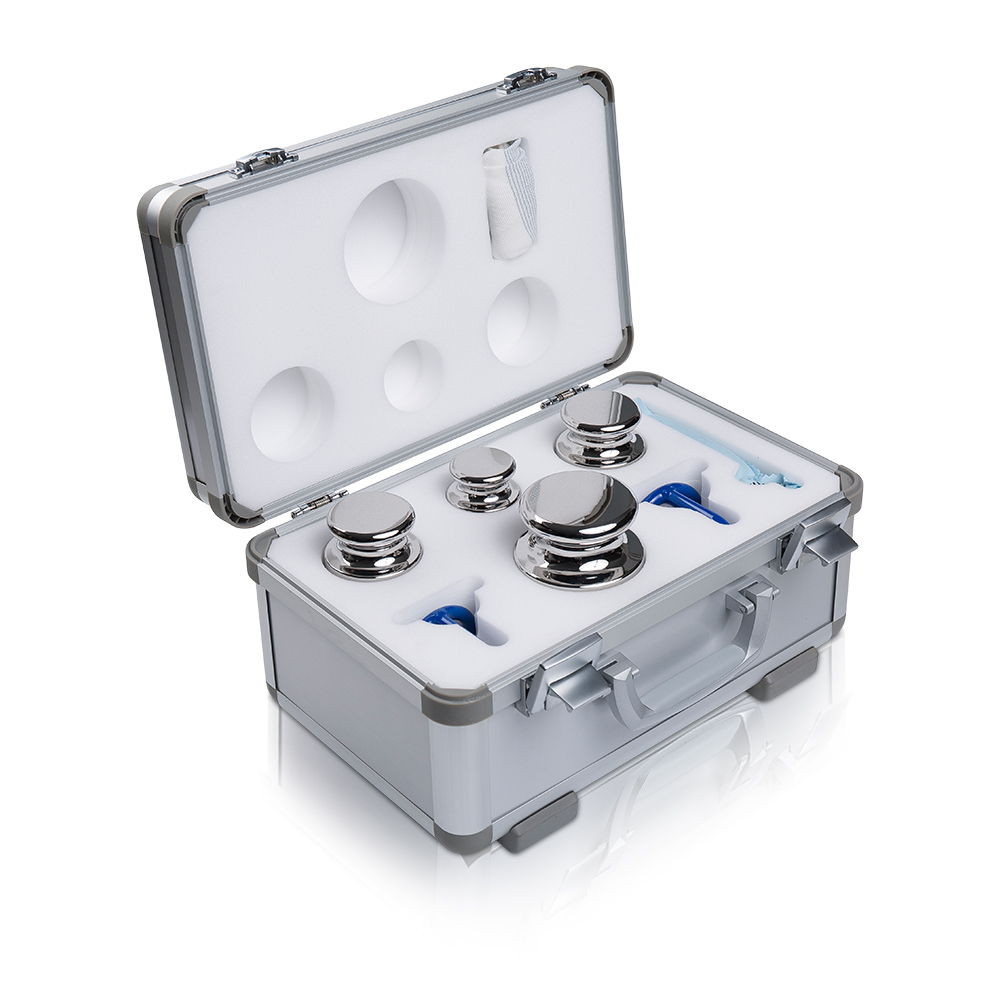Determining the uncertainty of a standard series test weight is crucial for ensuring the accuracy and reliability of measurements in calibration processes. The uncertainty of a test weight represents the range within which the true value of the weight is expected to lie, considering various factors that can affect its accuracy. This process involves understanding metrological principles, applying statistical analysis, and accounting for potential errors.
Steps to Determine the Uncertainty of a Standard Series Test Weight Understand the Components of Uncertainty:Uncertainty in test weights arises from multiple sources, each contributing to the overall uncertainty budget. These components typically include:Reference Standard Uncertainty: Uncertainty associated with the reference weight used for calibration.Repeatability: Variability in measurements when the test weight is repeatedly weighed under the same conditions.Resolution of the Balance: The smallest measurable increment of the balance or scale used for weighing.Air Buoyancy Correction: Corrections needed to account for the buoyancy effect of air on the weight.

Drift in Calibration Standards: Changes in the calibration standards over time.Environmental Factors: Factors like temperature, humidity, air pressure, and vibrations.Handling and Operator Influence: Variability caused by the operator and handling of the test weight.Calibration of the Test Weight:Perform a calibration using a higher-accuracy reference standard (typically one class higher, e.g., calibrating F1 weights with E2 reference standards).The calibration process involves taking multiple measurements to establish the mean mass of the test weight and observing any deviations.Calculate Each Uncertainty Component: Each source of uncertainty should be quantified, often expressed as a standard deviation (σ). Here's how to calculate some common components:
Reference Standard Uncertainty (u_ref): Obtained from the calibration certificate of the reference weight.Repeatability (u_repeatability): Determined by repeatedly measuring the test weight and calculating the standard deviation of these repeated measurements.Balance Resolution (u_resolution): Equal to the balance's resolution divided by the square root of 12 (assuming a uniform distribution).
The uncertainty of a standard series test weight is determined by analyzing multiple factors that contribute to its accuracy, using statistical methods to quantify these uncertainties, and then combining them to provide an overall uncertainty value. Properly calculating and documenting uncertainty is essential for ensuring reliable and traceable measurements in any metrological application.

 English
English















